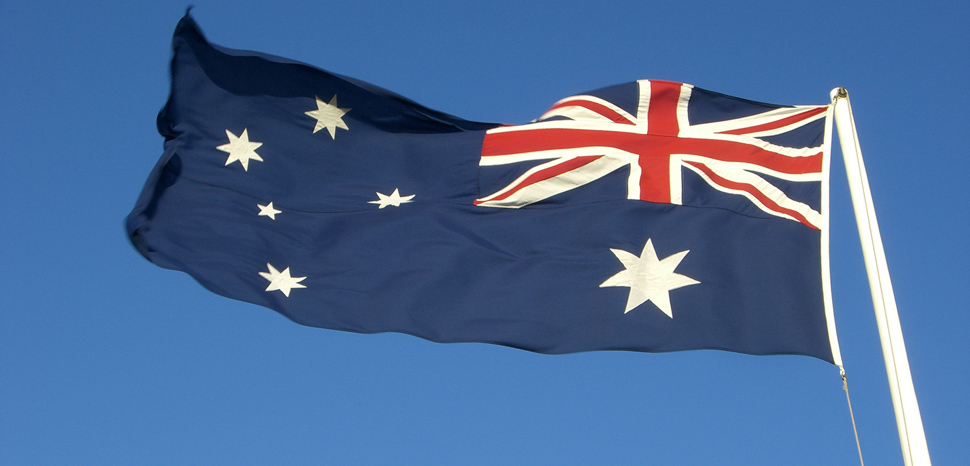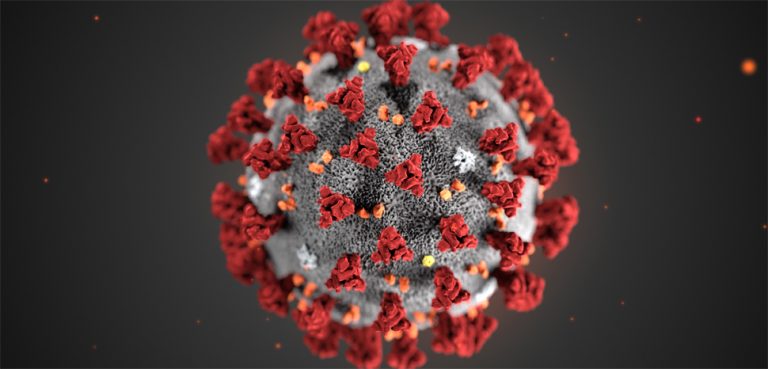Australia and New Zealand have committed to a trans-Tasman travel zone setting a viable precedent for other states to follow. Prime Ministers Scott Morrison and Jacinda Ardern agreed the plan would move ahead “as soon as it is safe to do so.”
The idea of a shared ‘bubble’ is still in the early stages of planning and there is no clear timeline in place. Ardern said the plan is still some time away and New South Wales premier, Gladys Berejiklian, said “international travel is a mid- to long-term vision.” Still, the agreement presents a promising framework for a post COVID-19 recovery.
A multilateral economic reopening would be a vital step toward Australia’s and New Zealand’s recoveries. With infections low and trending down there is the tangible possibility of creating a zone that’s free of COVID-19 in the South Pacific. The commitment illustrates the strong solidarity between the two states in a time when international cooperation has rescinded.
COVID-19 in Australia and New Zealand
Australia and New Zealand are similarly affected by COVID-19. Australia has 278 total cases per million people compared to New Zealand’s 312. This is relatively low when compared to other developed states: Italy (3,760), USA (4,826) and the UK (3,698). The combined number of active cases across Australia and New Zealand is now under 539.
Both states have had strong responses to the spread of COVID-19, spearheaded by centralized responses from leaders. Favorable (isolated) geography, relatively high rates of testing, and the early introduction of social distancing laws have enabled the two nations to respond robustly. The trans-Tasman states are now pushing towards elimination of Covid-19 from their populations.
Though Australia and New Zealand have both responded well from a public health standpoint, they have not been immune to the deep economic effects.
Both states are particularly impacted by the economic effects of the COVID-19 pandemic. Higher service sectors and high consumption suffer more with cross-border economic shutdown. Other key industries such as tourism are severely impacted by the pandemic. In New Zealand, the tourism industry is fundamental to the economy; it is the largest source of foreign currency (21%), accounts for 4% of GDP, and 8.4% of total employment.
Both states have responded emphatically to meet the enormous effects of the economic slowdown. On March 40, Australia’s government announced a $130 billion ‘JobKeeper Payment’ to help keep Australians employed as part of a $320 billion package (16.4% of GDP).
Even with these unprecedented attempts to stem the impending economic impact of COVID-19, the two states will still struggle in the year ahead. The Royal Bank of Australia expects Australian annual average GDP growth to be around -6% to -7% in 2020, while NZ’s major banks expect GDP growth of about -8.5%. Global supply chains have been shaken, and particularly so with China, which comprises roughly a quarter of all of Australia’s and New Zealand’s trade.
The plan for a post COVID-19 reopening
It is only fitting that the first step for either country is to open its borders to the other. Australia and New Zealand are closely linked geographically, economically, and culturally.
Some 650,000 New Zealanders live in Australia and 70,000 Australians in New Zealand. Prior to the COVID-19 pandemic, travel between the states was governed by the Trans-Tasman Travel Arrangements (TTTA) of 1973, which allow Australians and New Zealanders to visit, live, and work in either country without restrictions. The two states are closely linked in trade under ANZCERTA – a comprehensive free trade agreement.
The proposed trans-Tasman bubble therefore is the natural first step in opening the two states. As stated, the plan is in its earliest stages and very little information has been confirmed. The emphasis appears to be on opening up travel. The economic flow on effects of which would be huge for both states.
Implications: A growing multilateral bubble?
The COVID-19 recovery presents a unique challenge. Although some nations have retreated into unilateralism, recovering in the post-COVID world will depend on multilateral cooperation. The economic burden of the virus must be balanced against the health challenges of containing it.
For Australia and New Zealand, a COVID-19 free bloc in the South Pacific can be the model for other states in the latter end of the infection curve. A similar shared bubble may occur in states with strong economic and social ties that are also low in infections, such as the Nordic states.
There is the huge potential not only of expanding the bubble to the island states of the Pacific but even to Asian states. Neville Power, the lead of a Coronavirus Coordination Commission in Australia, raised the possibility of opening up to markets, including Japan, South Korea, and China. Australia and New Zealand have significant trade ties with the pacific rim states.
There is the potential that the combined resources of Australia and New Zealand may reduce their dependency on the far East – particularly China. In recent years there has been a discussion of dependency on Chinese trade, particularly in Australia. China accounts for around a quarter of all trade for Australia and New Zealand. China exports masses of manufactured goods and is a major market for key imports such as dairy, timber, iron, ore, and gas. The arguments that Australia and New Zealand are becoming dependent has grown in recent years and a shared bubble to tackle the COVID-19 pandemic may add fuel to the fire. The US has spoken of an ‘Economic Prosperity Network’ including Australia and New Zealand – a trans-Tasman bubble may form a subset of this larger anti-China network.
Conclusion
The real winner of the trans-Tasman bubble will be the domestic industries most acutely affected by the pandemic. Tourism, air travel, and the restaurant industry are all struggling to stay afloat.
It is still too early to make any assumptions concerning potential geopolitical implications. A trans-Tasman bubble only vindicates the close relationship of Australia and New Zealand. The possibilities of a roadmap to recovery after the pandemic are worth keeping a close eye on.




